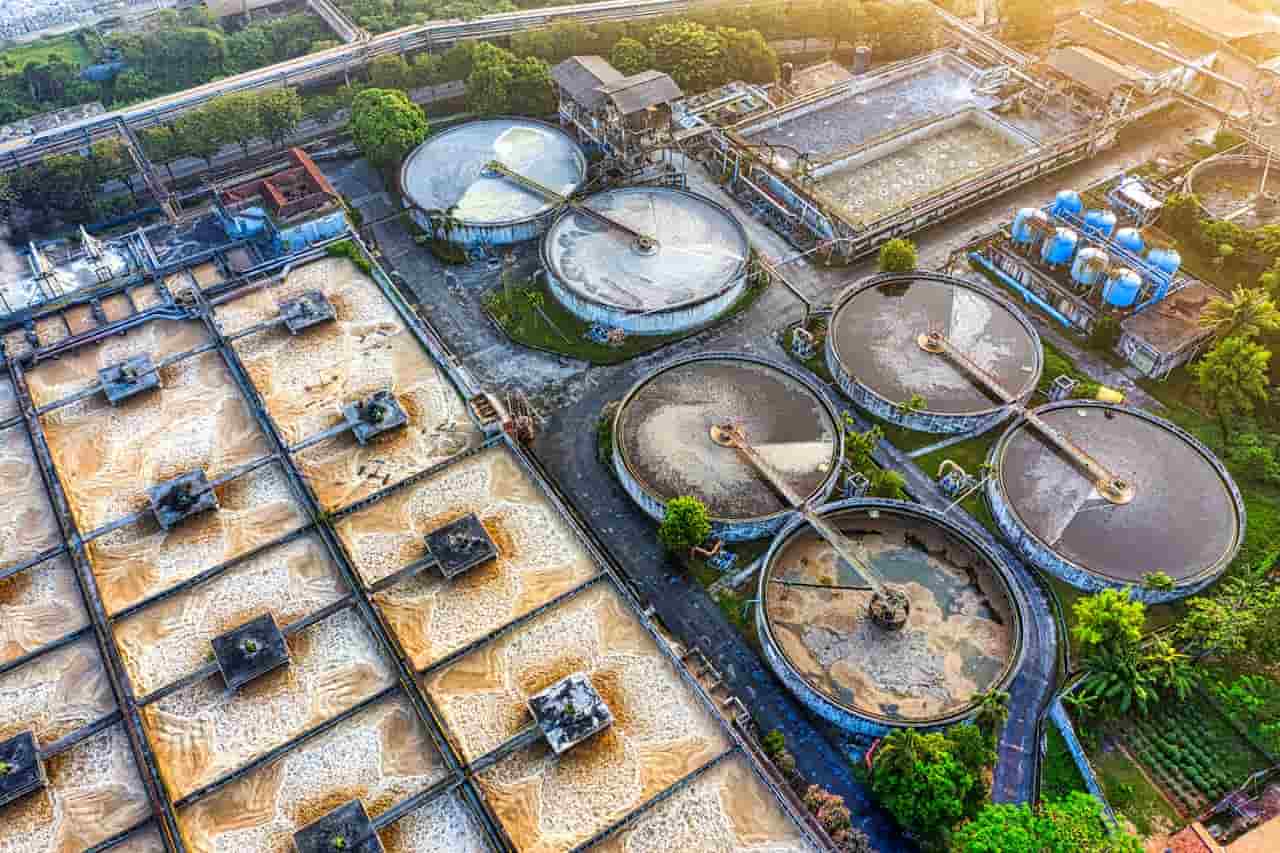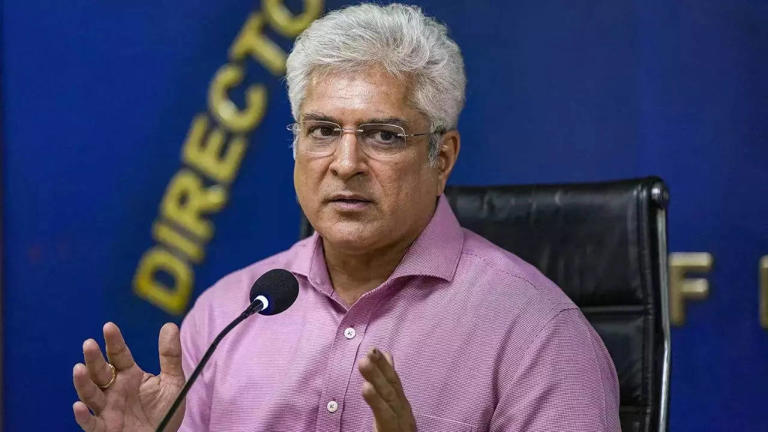Home / agriculture / Traditional vs Modern Organic Farming: Comparing sustainability, yields, and methods to determine the better approach for eco-friendly agriculture.
Traditional vs Modern Organic Farming: Comparing sustainability, yields, and methods to determine the better approach for eco-friendly agriculture.
By: My India Times
16 minutes read 48Updated At: 2025-01-30

Organic farming has gained significant attention in recent years as consumers become more conscious of the environmental and health impacts of their food choices. However, within the realm of organic farming, there is an ongoing debate between traditional and modern techniques. Both approaches aim to produce food sustainably, but they differ in their methods, tools, and philosophies. So, which is better? Let’s explore the strengths and limitations of each to understand their roles in shaping the future of agriculture.
Traditional Organic Farming: Rooted in Time-Tested Practices
Traditional organic farming is deeply rooted in agricultural practices that have been passed down through generations. These methods rely on natural processes, local resources, and indigenous knowledge to cultivate crops and raise livestock. Key features of traditional organic farming include:
Natural Inputs: Farmers use compost, manure, and crop rotation to maintain soil fertility. Chemical fertilizers and pesticides are avoided.
Biodiversity: Traditional farming often involves growing multiple crops together (intercropping) to promote biodiversity and reduce pest outbreaks.
Low-Tech Tools: Manual labor and simple tools like hoes and plows are commonly used, reducing reliance on machinery and fossil fuels.
Local Adaptation: Practices are tailored to the local environment, making them resilient to regional climate conditions.
Advantages of Traditional Organic Farming
Sustainability: Traditional methods are often more environmentally friendly, as they rely on renewable resources and minimize waste.
Preservation of Heritage: These practices preserve cultural and agricultural traditions, maintaining a connection to the land.
Cost-Effective: Farmers save money by using locally available materials and avoiding expensive synthetic inputs.
Limitations of Traditional Organic Farming
Labor-Intensive: Manual labor can be time-consuming and physically demanding, making it less scalable for large-scale production.
Lower Yields: Without modern innovations, yields may be lower compared to conventional or modern organic farming.
Vulnerability to Pests and Diseases: Traditional methods may struggle to control pests and diseases effectively, especially in changing climates.
Modern Organic Farming: Innovation Meets Sustainability
Modern organic farming incorporates advanced technologies and scientific knowledge to enhance the efficiency and productivity of organic practices. While it adheres to the principles of organic farming—avoiding synthetic chemicals and promoting ecological balance—it leverages modern tools and techniques. Key features include:
Precision Agriculture: Technologies like GPS, drones, and sensors are used to monitor soil health, water usage, and crop growth, optimizing resource use.
Biological Pest Control: Farmers use natural predators, biopesticides, and pheromone traps to manage pests without chemicals.
Improved Seed Varieties: Modern organic farming often uses hybrid or heirloom seeds bred for disease resistance and higher yields.
Mechanization: Machinery powered by renewable energy sources reduces labor requirements and increases efficiency.
Advantages of Modern Organic Farming
Higher Productivity: Modern techniques can produce higher yields, making organic farming more viable for feeding growing populations.
Efficiency: Precision tools reduce waste and improve resource management, enhancing sustainability.
Scalability: Modern methods are better suited for large-scale operations, making organic farming more accessible to commercial producers.
Limitations of Modern Organic Farming
High Initial Costs: Investing in technology and equipment can be expensive, posing a barrier for small-scale farmers.
Dependence on Technology: Over-reliance on modern tools may disconnect farmers from traditional knowledge and practices.
Environmental Concerns: While still eco-friendly, some modern techniques (e.g., machinery) may have a higher carbon footprint compared to traditional methods.
Which is Better: Traditional or Modern Organic Farming?
The answer isn’t straightforward, as both approaches have unique strengths and challenges. The choice between traditional and modern organic farming depends on various factors, including the scale of production, available resources, and environmental conditions.
For Small-Scale Farmers: Traditional methods may be more practical and cost-effective, especially in regions with limited access to technology and capital.
For Large-Scale Commercial Farming: Modern techniques offer the efficiency and productivity needed to meet global food demands sustainably.
For the Future: A hybrid approach that combines the best of both worlds may be the ideal solution. By integrating traditional wisdom with modern innovations, farmers can create resilient, sustainable, and productive agricultural systems.
Conclusion
The debate between traditional and modern organic farming isn’t about declaring a winner but rather understanding how each can contribute to a sustainable future. Traditional methods remind us of the importance of working in harmony with nature, while modern techniques offer tools to address the challenges of a rapidly changing world. Ultimately, the goal of organic farming—whether traditional or modern—is to produce healthy food while protecting the planet. By embracing the strengths of both approaches, we can move closer to achieving this vision.
....Organic farming has gained significant attention in recent years as consumers become more conscious of the environmental and health impacts of their food choices. However, within the realm of organic farming, there is an ongoing debate between traditional and modern techniques. Both approaches aim to produce food sustainably, but they differ in their methods, tools, and philosophies. So, which is better? Let’s explore the strengths and limitations of each to understand their roles in shaping the future of agriculture.
Traditional Organic Farming: Rooted in Time-Tested Practices
Traditional organic farming is deeply rooted in agricultural practices that have been passed down through generations. These methods rely on natural processes, local resources, and indigenous knowledge to cultivate crops and raise livestock. Key features of traditional organic farming include:
Natural Inputs: Farmers use compost, manure, and crop rotation to maintain soil fertility. Chemical fertilizers and pesticides are avoided.
Biodiversity: Traditional farming often involves growing multiple crops together (intercropping) to promote biodiversity and reduce pest outbreaks.
Low-Tech Tools: Manual labor and simple tools like hoes and plows are commonly used, reducing reliance on machinery and fossil fuels.
Local Adaptation: Practices are tailored to the local environment, making them resilient to regional climate conditions.
Advantages of Traditional Organic Farming
Sustainability: Traditional methods are often more environmentally friendly, as they rely on renewable resources and minimize waste.
Preservation of Heritage: These practices preserve cultural and agricultural traditions, maintaining a connection to the land.
Cost-Effective: Farmers save money by using locally available materials and avoiding expensive synthetic inputs.
Limitations of Traditional Organic Farming
Labor-Intensive: Manual labor can be time-consuming and physically demanding, making it less scalable for large-scale production.
Lower Yields: Without modern innovations, yields may be lower compared to conventional or modern organic farming.
Vulnerability to Pests and Diseases: Traditional methods may struggle to control pests and diseases effectively, especially in changing climates.
Modern Organic Farming: Innovation Meets Sustainability
Modern organic farming incorporates advanced technologies and scientific knowledge to enhance the efficiency and productivity of organic practices. While it adheres to the principles of organic farming—avoiding synthetic chemicals and promoting ecological balance—it leverages modern tools and techniques. Key features include:
Precision Agriculture: Technologies like GPS, drones, and sensors are used to monitor soil health, water usage, and crop growth, optimizing resource use.
Biological Pest Control: Farmers use natural predators, biopesticides, and pheromone traps to manage pests without chemicals.
Improved Seed Varieties: Modern organic farming often uses hybrid or heirloom seeds bred for disease resistance and higher yields.
Mechanization: Machinery powered by renewable energy sources reduces labor requirements and increases efficiency.
Advantages of Modern Organic Farming
Higher Productivity: Modern techniques can produce higher yields, making organic farming more viable for feeding growing populations.
Efficiency: Precision tools reduce waste and improve resource management, enhancing sustainability.
Scalability: Modern methods are better suited for large-scale operations, making organic farming more accessible to commercial producers.
Limitations of Modern Organic Farming
High Initial Costs: Investing in technology and equipment can be expensive, posing a barrier for small-scale farmers.
Dependence on Technology: Over-reliance on modern tools may disconnect farmers from traditional knowledge and practices.
Environmental Concerns: While still eco-friendly, some modern techniques (e.g., machinery) may have a higher carbon footprint compared to traditional methods.
Which is Better: Traditional or Modern Organic Farming?
The answer isn’t straightforward, as both approaches have unique strengths and challenges. The choice between traditional and modern organic farming depends on various factors, including the scale of production, available resources, and environmental conditions.
For Small-Scale Farmers: Traditional methods may be more practical and cost-effective, especially in regions with limited access to technology and capital.
For Large-Scale Commercial Farming: Modern techniques offer the efficiency and productivity needed to meet global food demands sustainably.
For the Future: A hybrid approach that combines the best of both worlds may be the ideal solution. By integrating traditional wisdom with modern innovations, farmers can create resilient, sustainable, and productive agricultural systems.
Conclusion
The debate between traditional and modern organic farming isn’t about declaring a winner but rather understanding how each can contribute to a sustainable future. Traditional methods remind us of the importance of working in harmony with nature, while modern techniques offer tools to address the challenges of a rapidly changing world. Ultimately, the goal of organic farming—whether traditional or modern—is to produce healthy food while protecting the planet. By embracing the strengths of both approaches, we can move closer to achieving this vision.
By: My India Times
Updated At: 2025-01-30
Tags: agriculture News | My India Times News | Trending News | Travel News
Join our WhatsApp Channel







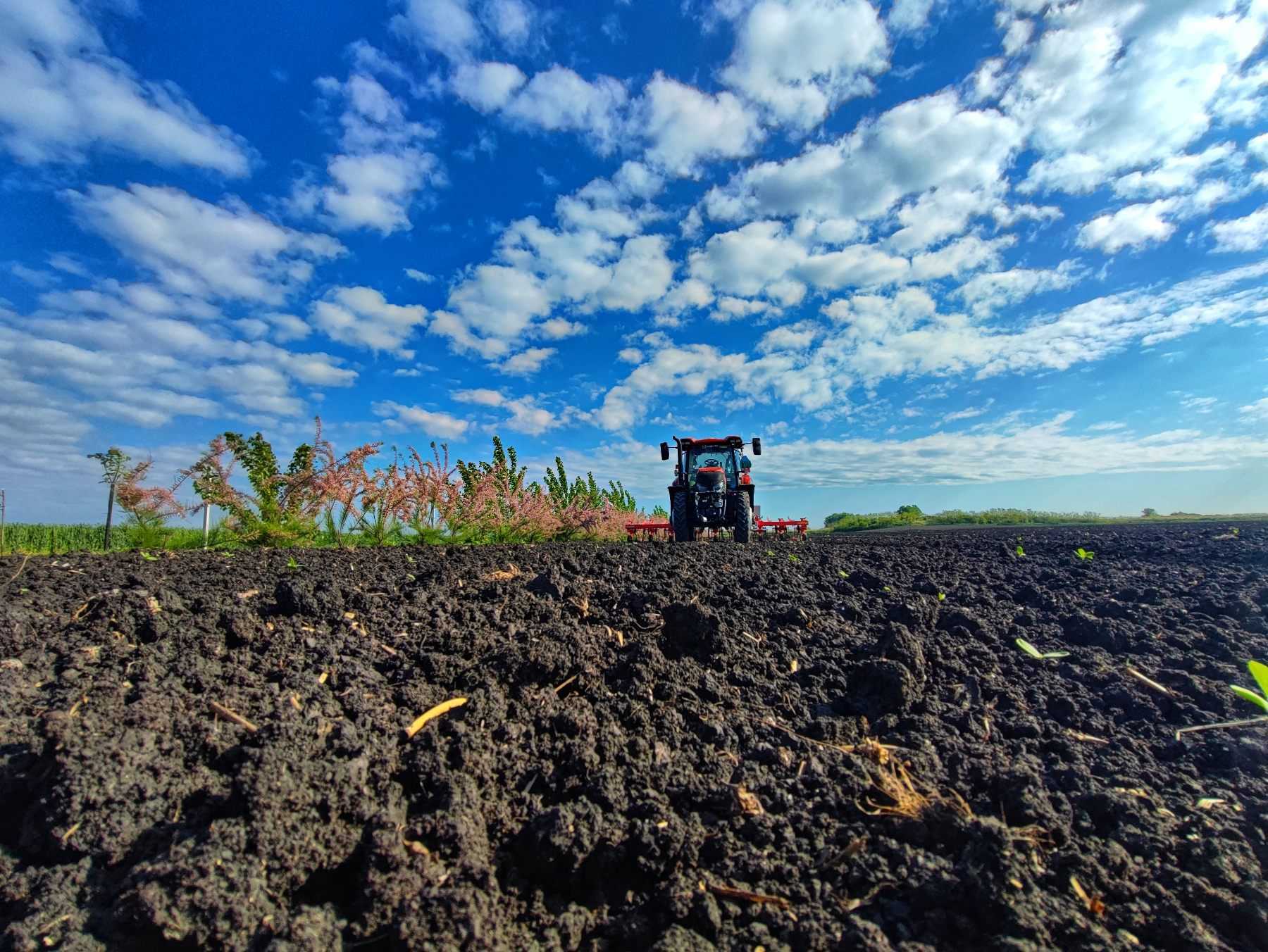



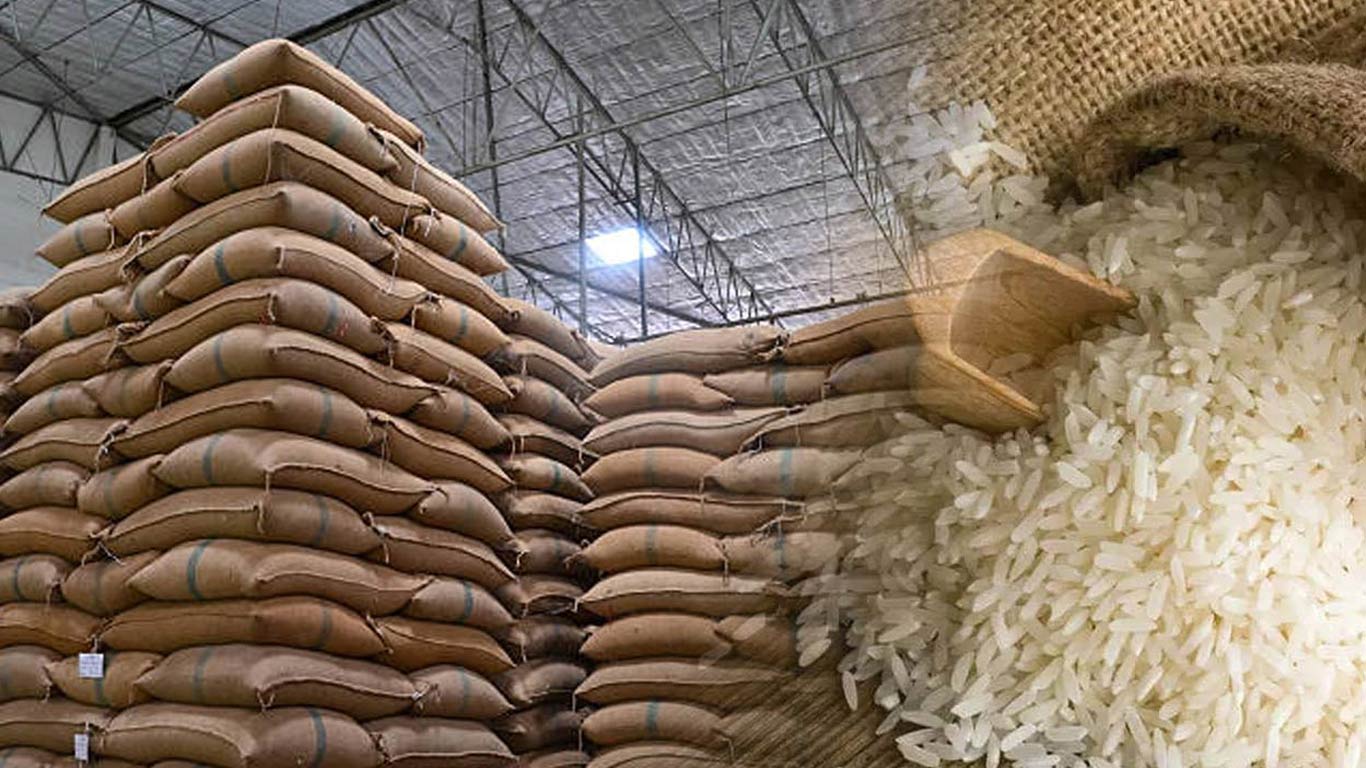

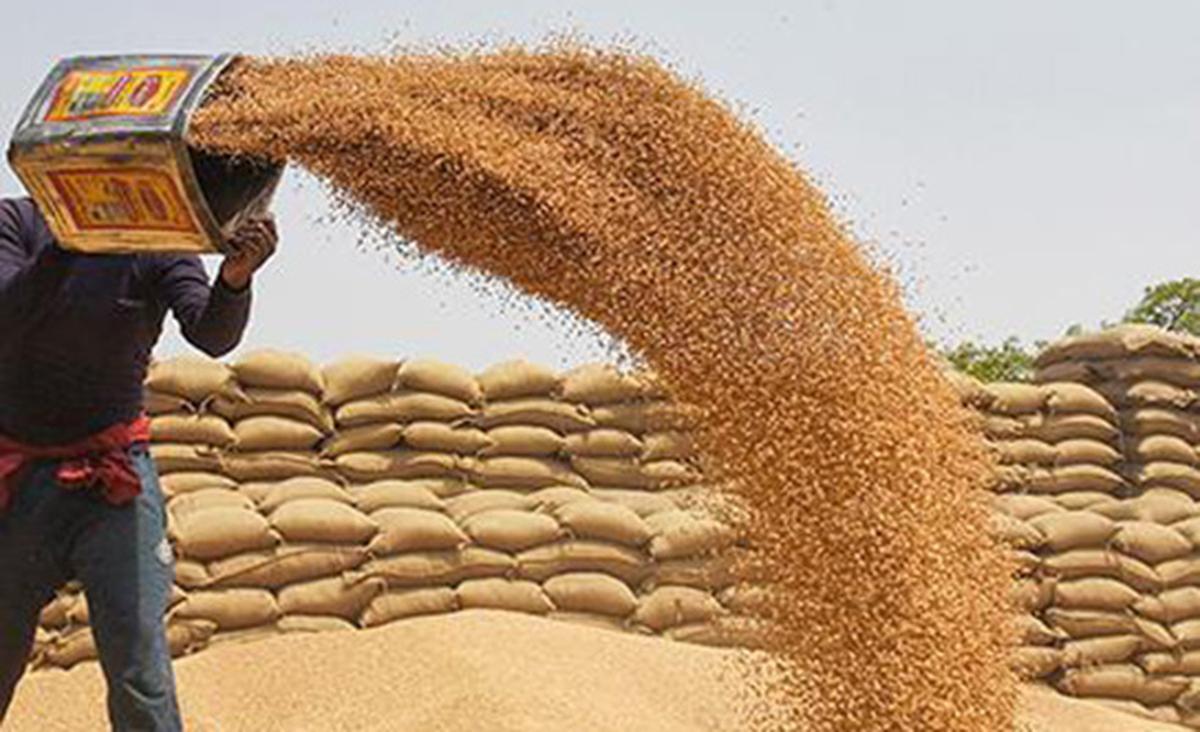




















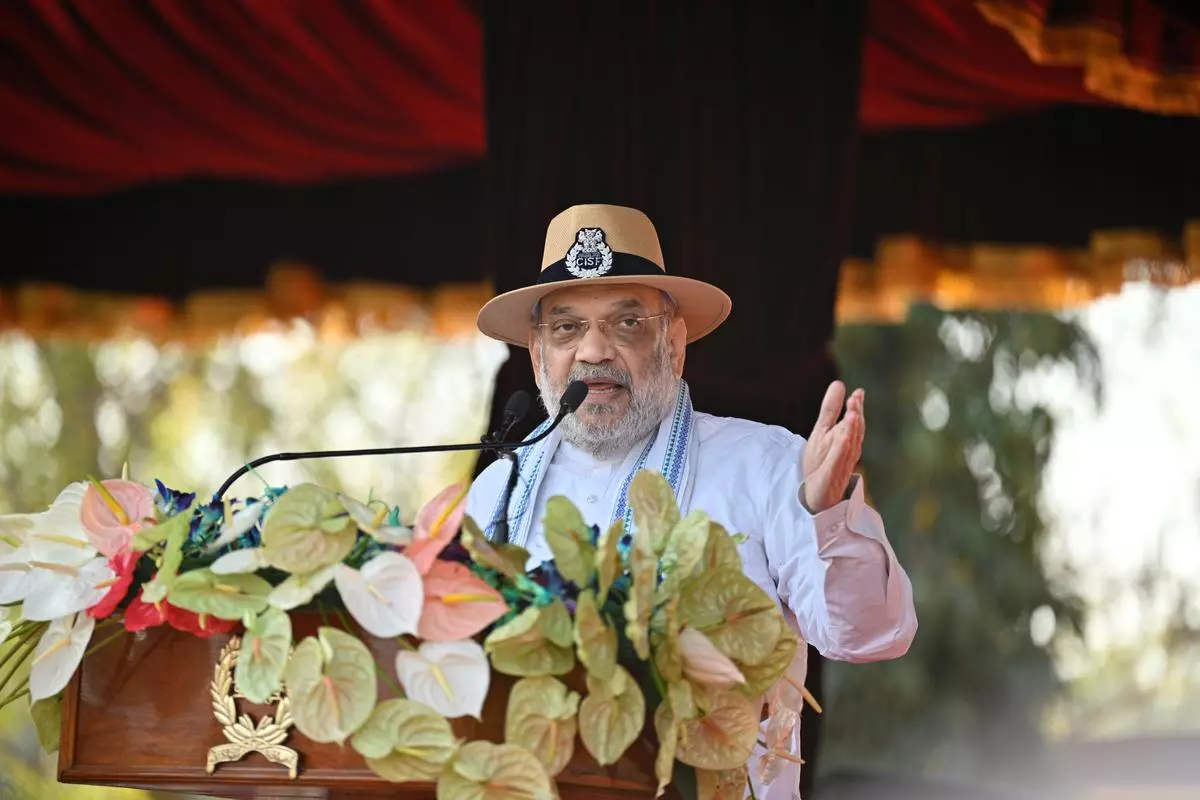






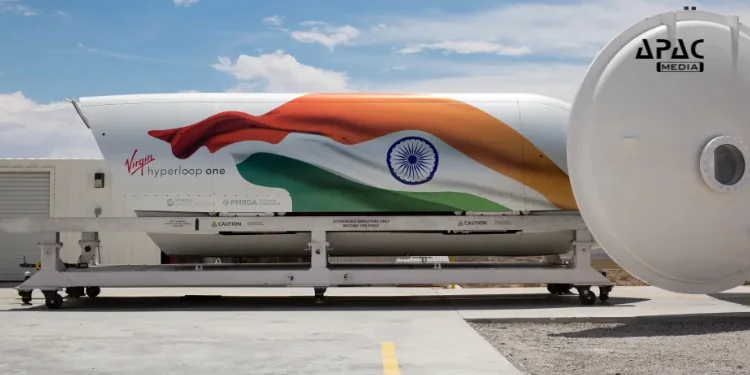














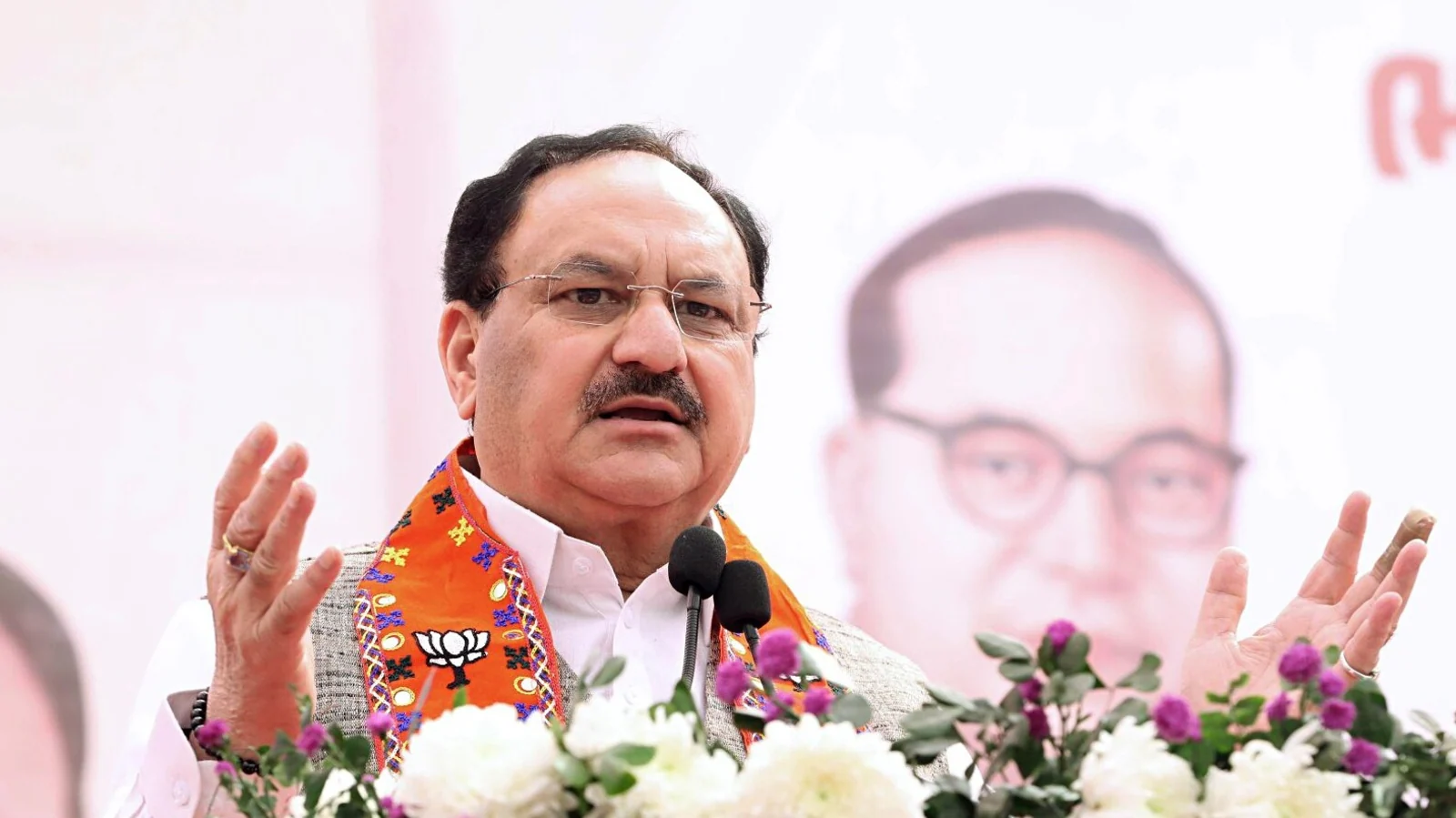

















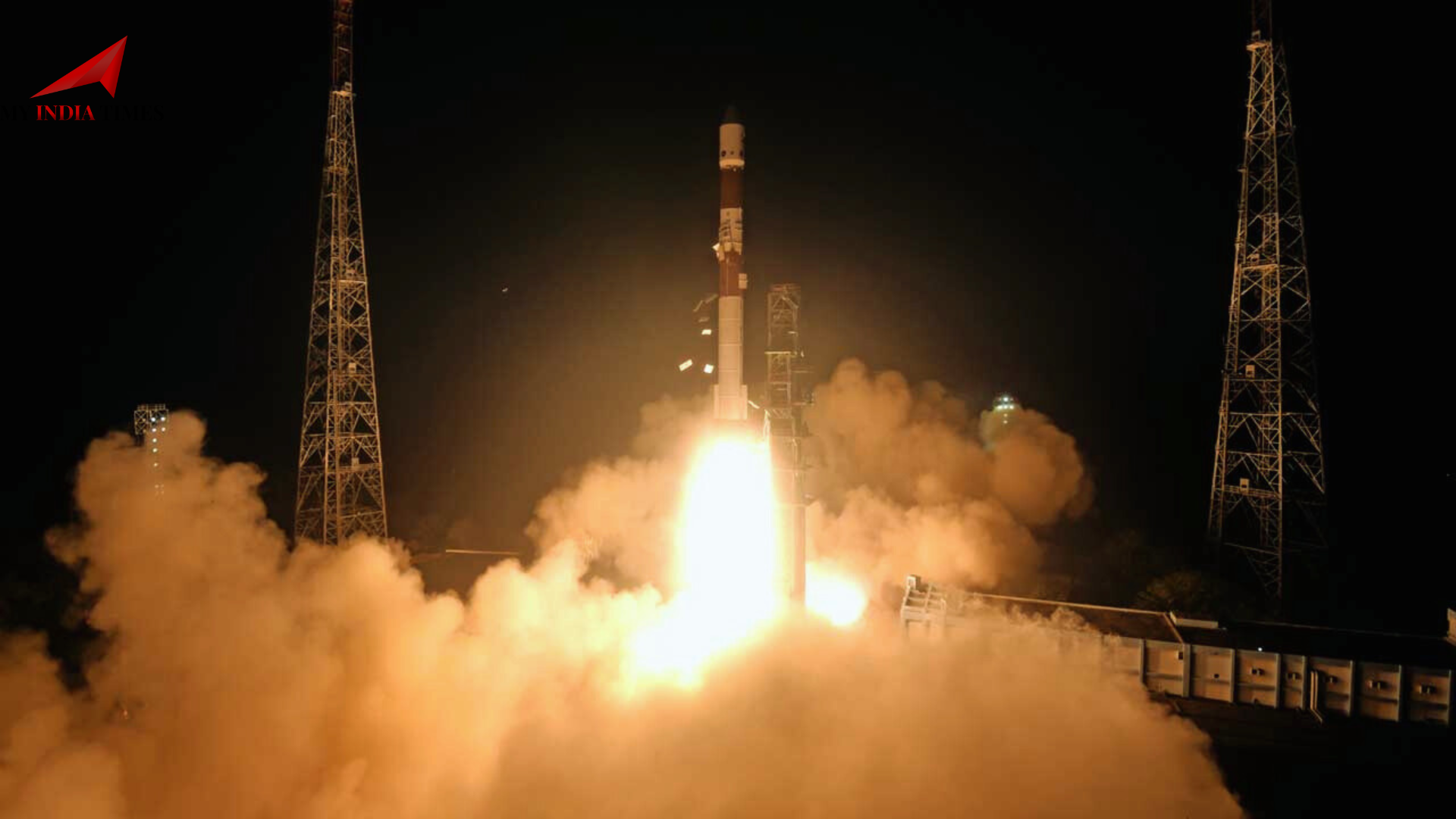















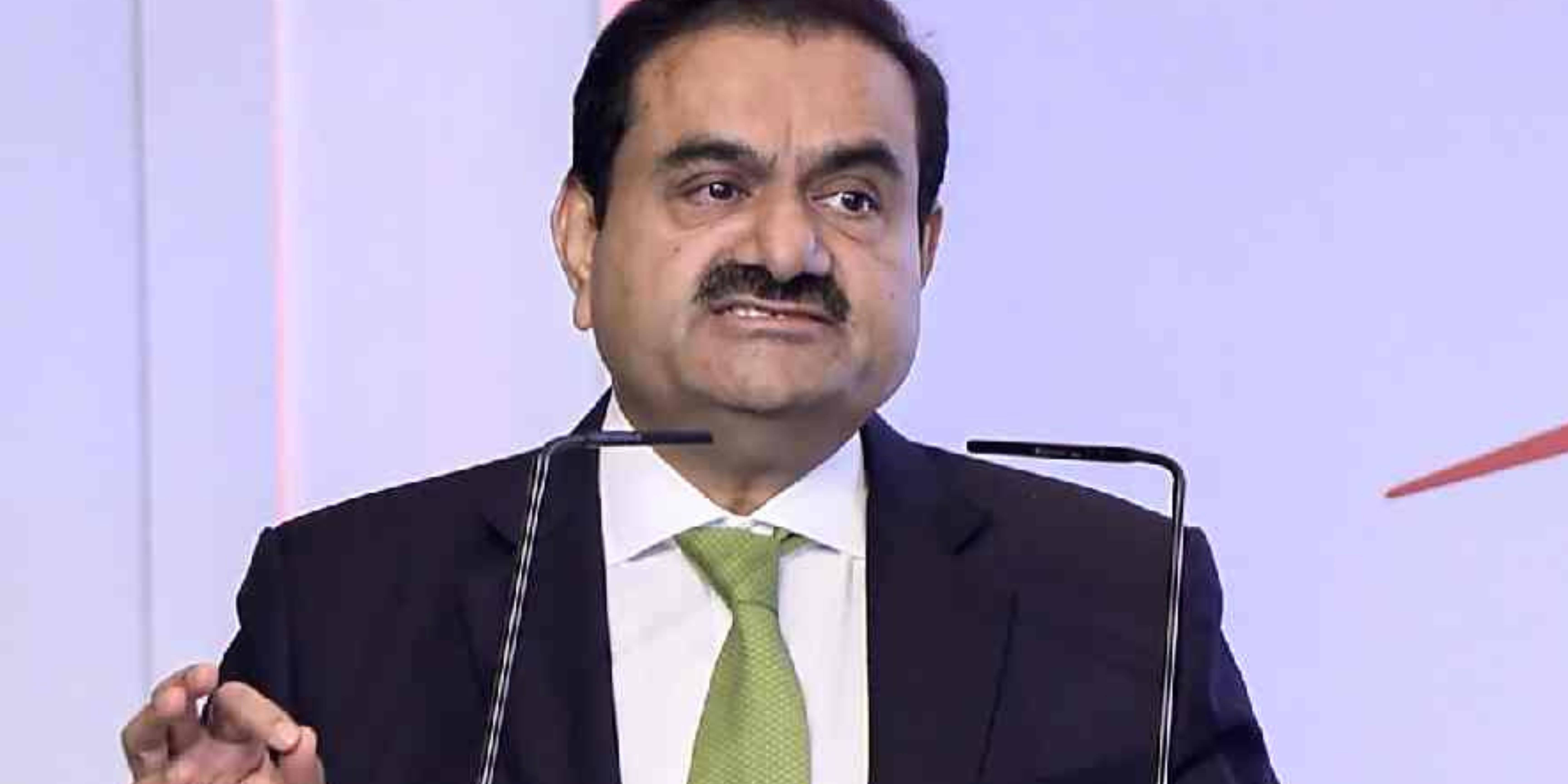




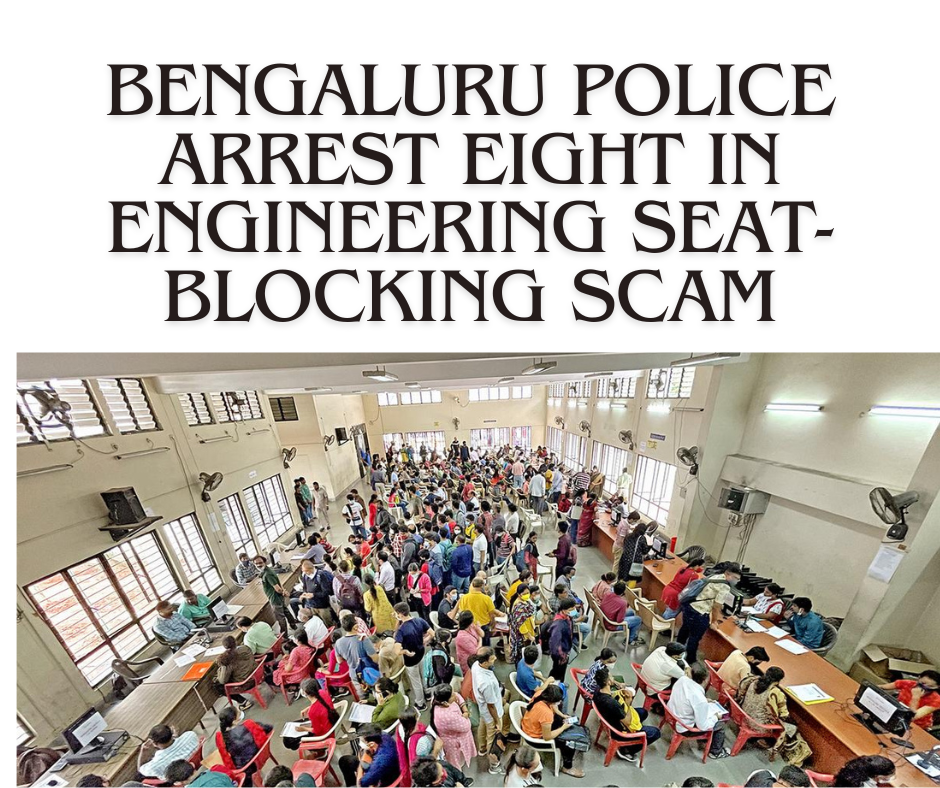






.png)
 (1).png)
